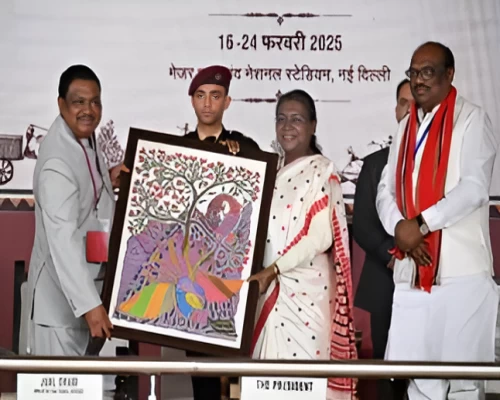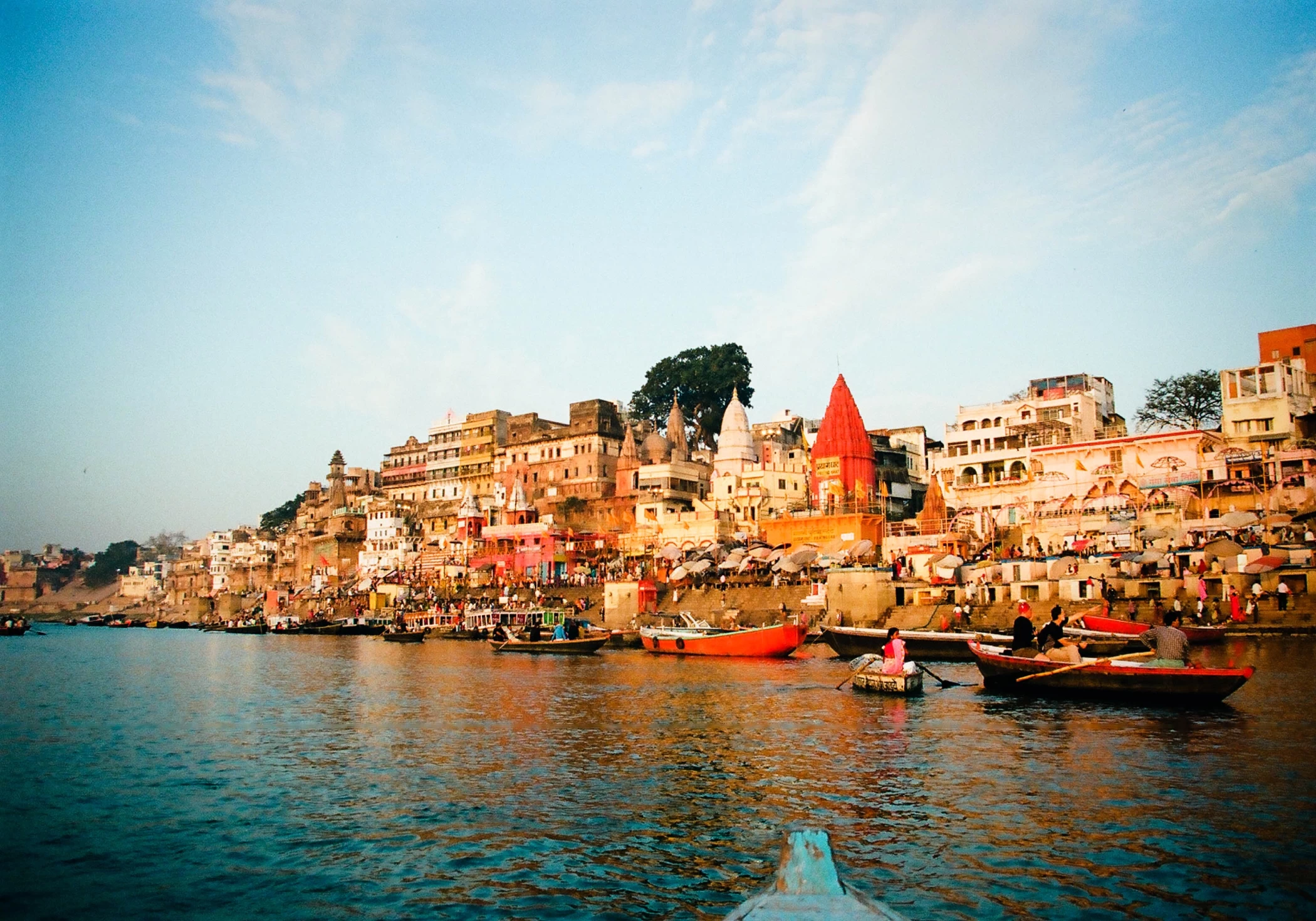
New Delhi: The 60th executive committee meeting of the National Mission for Clean Ganga (NMCG), chaired by director general, NMCG, approved several significant projects aimed at the conservation and rejuvenation of the Ganga river. These initiatives are designed to enhance cleanliness, promote sustainable development, and preserve the environmental and cultural heritage of the river.
In a major step towards tackling pollution, the committee approved the interception and diversion of the Durga Drain and the construction of a 60 MLD capacity sewage treatment plant (STP) in Varanasi, Uttar Pradesh, at a cost of ₹274.31 crore. This project, based on the hybrid annuity model, includes a 75 MLD capacity main pumping station and other essential structures, ensuring long-term wastewater management and pollution control.
Additionally, a significant project was approved to prevent the flow of untreated sewage into Varuna, a major tributary of the Ganga, in Bhadohi. With an investment of ₹127.26 crore, this initiative will establish three STPs with capacities of 17 MLD, 5 MLD, and 3 MLD, along with an extensive sewer network to tap four major drains and prevent pollution. This project follows the Design-Build-Operate-Transfer (DBOT) model, ensuring sustainable operation and maintenance over the next 15 years.
The executive committee of NMCG has undertaken a breakthrough initiative with the approval of “Ganga Through the Ages – A Literary Bioscope,” an innovative project designed to foster public participation in Ganga conservation through literature, education, and community engagement. Implemented in collaboration with the National Book Trust, this initiative will highlight the historical, spiritual, and ecological significance of the river. Programmes such as Ganga Mobile Parikrama, Chaupal Ganga Kinare, Ganga Awareness Week, and the Ganga Ambassador Programme will be introduced, featuring mobile libraries, digital storytelling, school workshops, and literary sessions along the riverbanks. These efforts aim to inspire behavioural change and encourage deeper community involvement in conservation efforts.
Furthering scientific advancements, the committee also approved a drone-based monitoring project in West Bengal to track the plantation of saplings under Namami Gange Mission-II. This initiative will assess tree health, develop a digital database, and ensure effective afforestation efforts along the riverbanks.
The projects approved during the 60th NMCG executive committee meeting reaffirm the mission’s commitment to Ganga conservation through infrastructural advancements, pollution control, and public engagement. Key initiatives include sewage treatment plants and afforestation, alongside the innovative “Ganga Through the Ages – A Literary Bioscope” project to foster awareness and participation in river rejuvenation efforts.
The meeting was attended by senior officials, including Richa Mishra, joint secretary and financial adviser, Department of Water Resources, River Development and Ganga Rejuvenation, Ministry of Jal Shakti, Nalin Kumar Srivastava, deputy director general, NMCG, Brijendra Swaroop, executive director (projects), Anup Kumar Srivastava, executive director (technical), SP Vashishth, executive director (administration), Bhaskar Dasgupta, executive director (finance), Nandini Ghosh, project director, West Bengal SPMG, Yogesh Kumar Sagar, managing director, Bihar BUIDCO, and Prabhash Kumar, additional project director, Uttar Pradesh SMCG.
BI Bureau


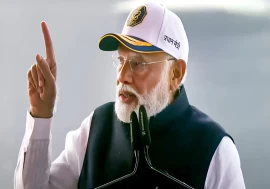

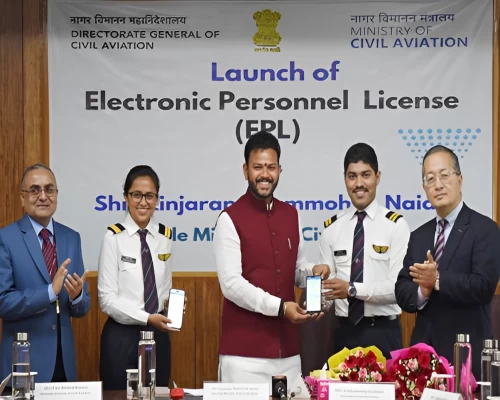
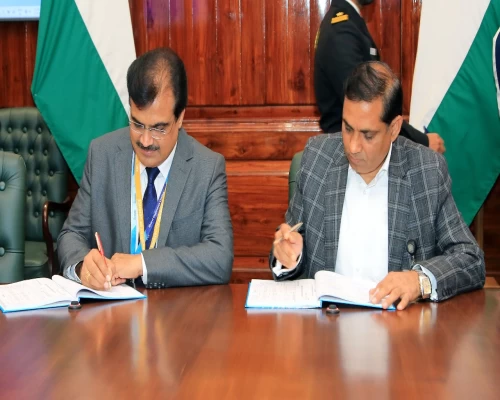
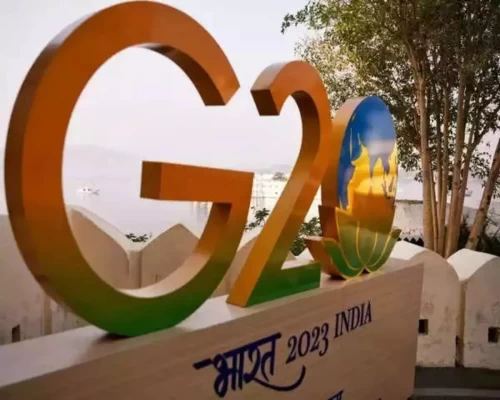
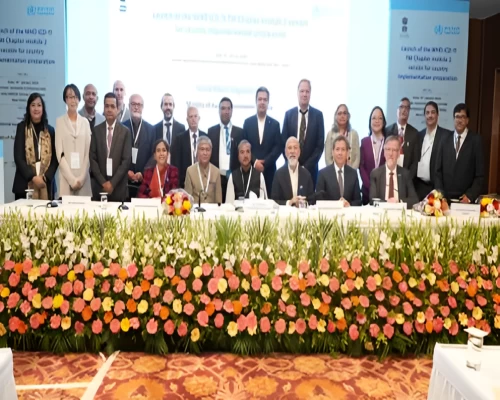
_500_x_400.webp)
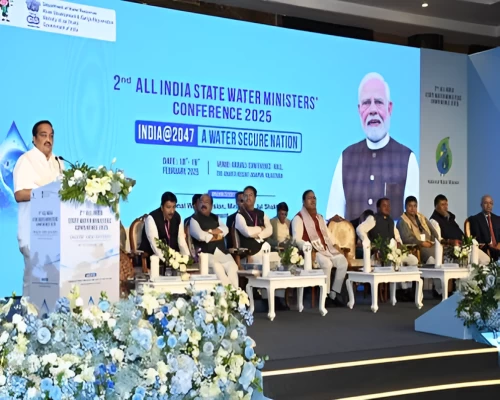
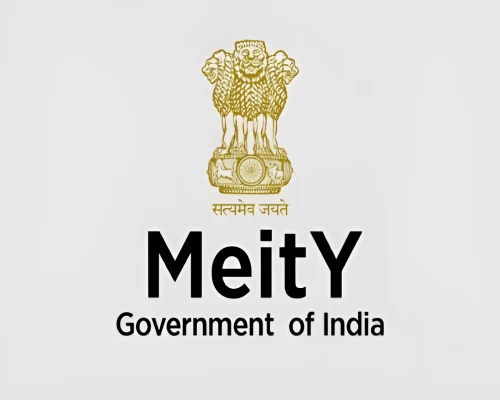
_500_x_400.webp)
